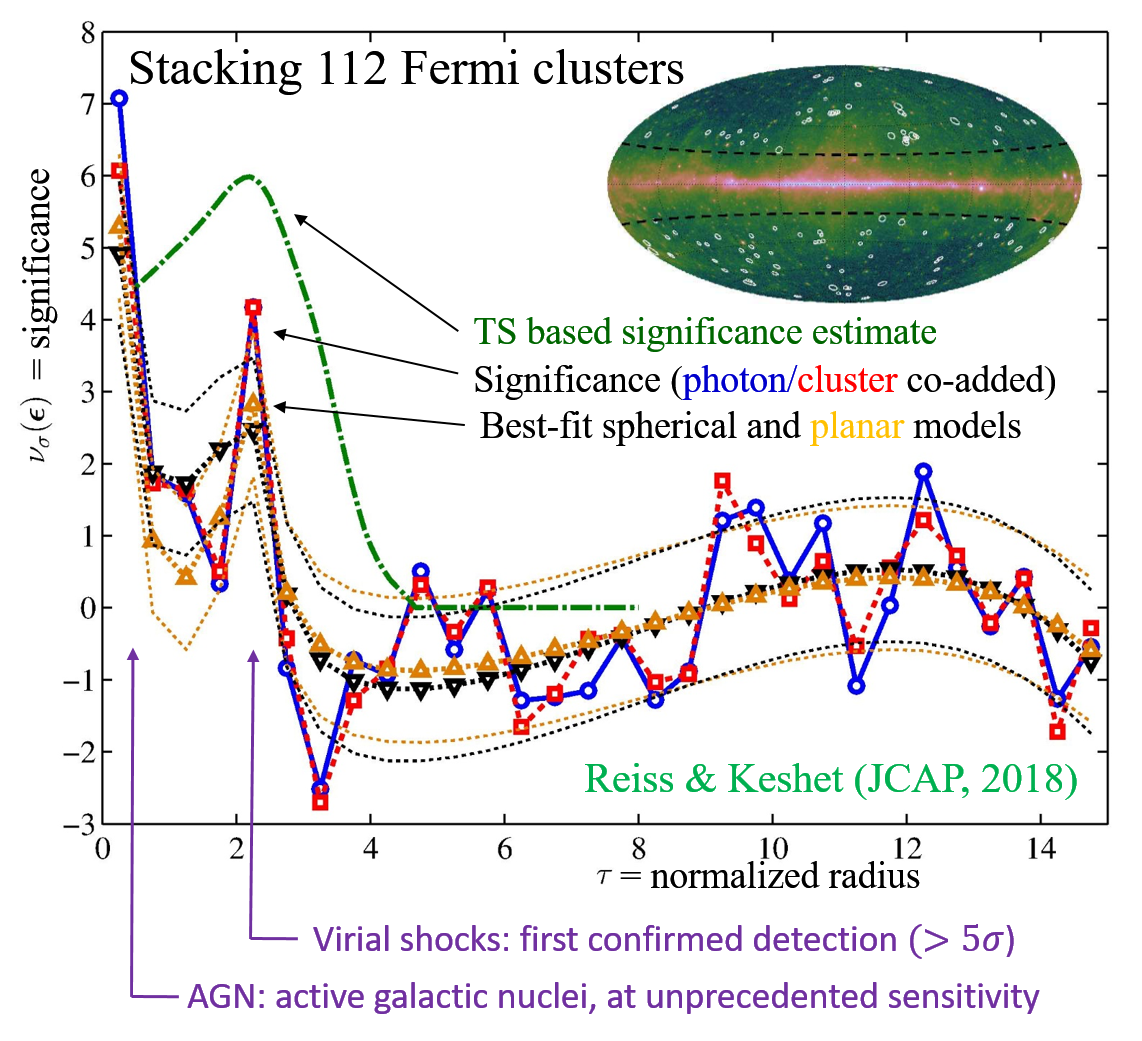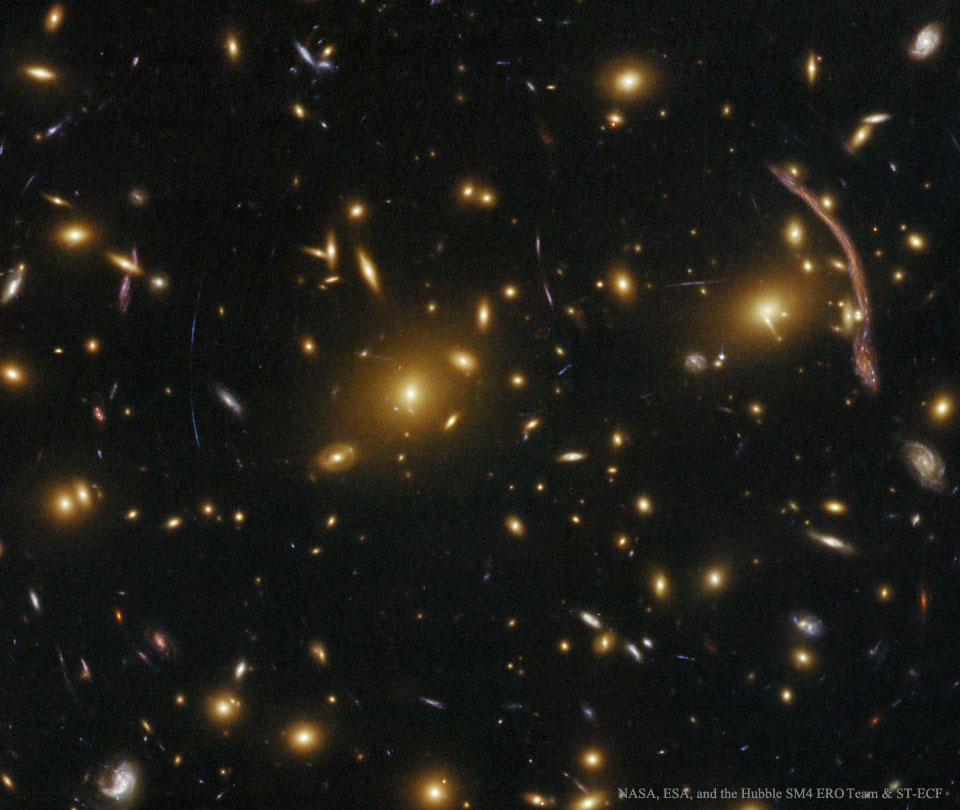


Kovetz, Ely
Cosmology; Astrophysics, Particle Physics


Zitrin, Adi
Astronomy; Observations; Gravitational Lensing; Galaxy Clusters; Dark Matter; Distant Galaxies.

Golbraikh, Ephim
Fluid dynamics; Magnetohydrodynamics; turbulence;

Griv, Evgeny
Astronomy; Astrophysics
Research highlights
Space Weather (Gedalin's Group)
The Sun governs the life of the Earth. Solar-terrestrial relations occur not only via radiation coming to the Earth but also via time-varying plasma flow. This solar wind is decelerated and diverted by the bow shock forming at the distance of about 10 Earth radii toward the Sun. The diverted plasma flows around the Earth, shaping a magnetosphere with a long tail and a current sheet where the so called "magnetic reconnection" (see movie) occurs, causing magnetic substorms. We study the basic processes in this interaction.
Virial shocks (Keshet's Group)

In the hierarchical paradigm of large-scale structure formation, galaxy clusters are the largest objects ever to virialize. These island universes are thought to grow by accreting mass through surrounding large scale, strong yet elusive, virial shocks. A combination of analytical, numerical, and observational techniques has recently led us to the first detections of these shocks, thus providing new routes for studying large-scale structure, tracing the cosmic-web, constraining shock physics, and probing dark matter and dark energy.
Gravitational Lensing and High Redshift Galaxies (Zitrin's Group)

Massive galaxy clusters bend light rays from background sources to form magnified, distorted, and multiple arcs. Using this Gravitational Lensing phenomenon, we can map the Dark Matter distribution of the lens, invisible otherwise. Thanks to the magnification power from lensing we can also access increasingly fainter and high-redshift (earlier) galaxies, and study the evolution of the first generation galaxies and the Reionization of the Universe.